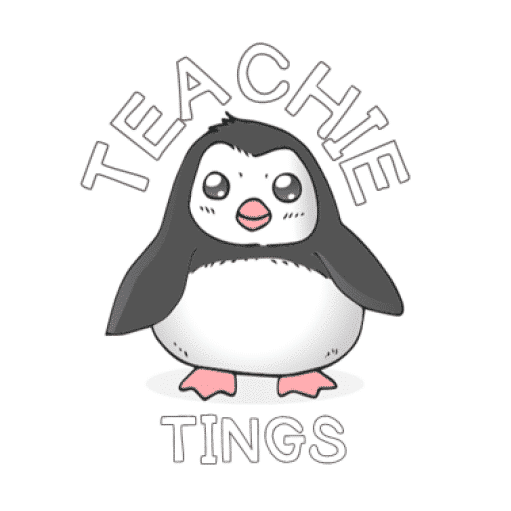
Who is the Third Teacher? The Third Teacher in your classroom is the learning environment. The first teacher is the PARENT, the second the CLASSROOM TEACHER and the third is the LEARNING ENVIRONMENT you create for your students. Healthy relationships between all three contribute to student wellbeing and success. To be an effective Third Teacher, […]
